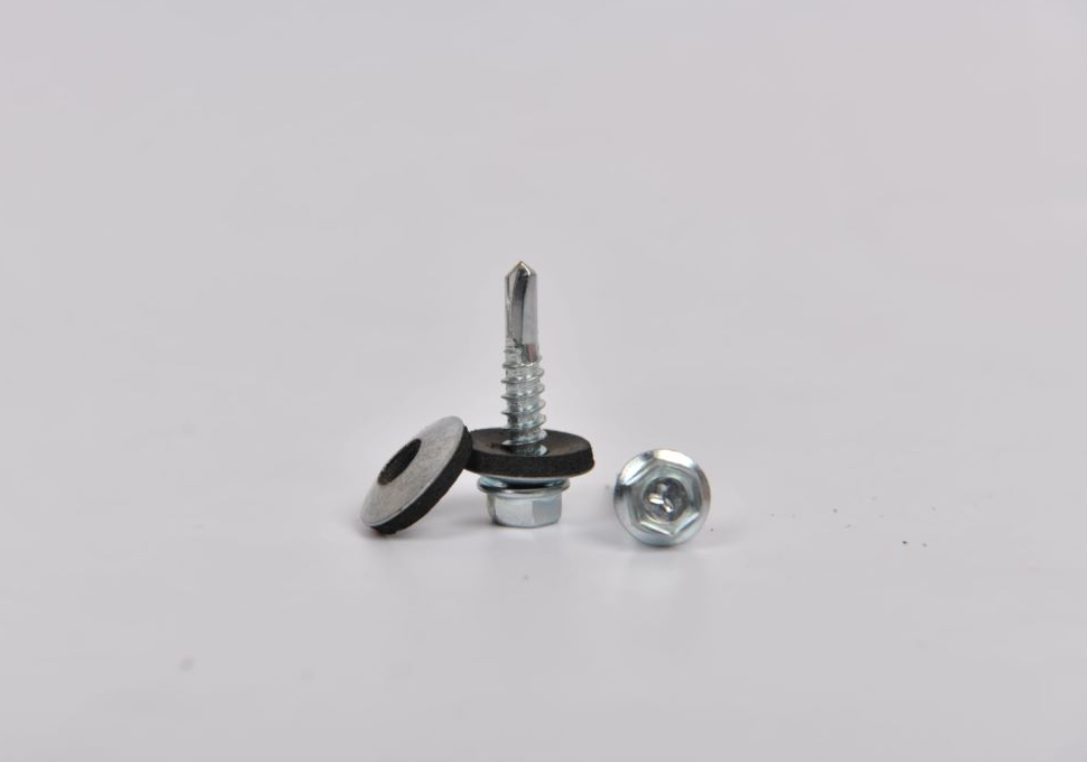Guide to Wholesale Self-Tapping Screw Sizes for Various Applications
Understanding Wholesale Self-Tapping Screw Size Chart
When it comes to construction, woodworking, or any DIY project, self-tapping screws are invaluable tools. They distinguish themselves by their unique ability to create their own hole as they are driven into materials, negating the need for pre-drilled holes. For professionals and hobbyists alike, understanding the different sizes and types of self-tapping screws is crucial. That's where a wholesale self-tapping screw size chart becomes a practical resource.
What are Self-Tapping Screws?
Self-tapping screws are designed with a sharp tip and threads that allow them to penetrate various materials such as wood, plastic, and metal. They serve numerous functions, from fastening components in home improvement projects to assembling furniture. Their efficiency stems from their capability to tap into the material and establish a secure fit without additional hardware.
Importance of Size Charts
A size chart is essential for anyone looking to select the right self-tapping screw. The chart typically includes information on screw diameter, length, thread type, and head style. Getting the size right is important, as using screws that are too long may cause damage to the material, while screws that are too short may not provide adequate holding strength.
Key Dimensions in Screw Size Charts
1. Diameter This measurement indicates the thickness of the screw shaft, usually expressed in gauges (e.g., 6, 8, 10). The larger the gauge number, the thicker the screw. Choosing the right diameter is critical; a larger diameter offers greater strength and holding power.
2. Length The length of the screw is measured from the underside of the head to the tip. This measurement determines how deep the screw will penetrate materials. Ideally, a screw should engage with at least one and a half times the material thickness for optimal hold.
wholesale self tapping screw size chart

3. Thread Type There are various thread types for self-tapping screws, often categorized as coarse or fine. Coarse threads are better suited for softer materials like wood, while fine threads are designed for harder substances like metal. It’s essential to match the thread type with the material being used to enhance grip and ensure a solid fit.
4. Head Style Self-tapping screws come in different head styles, including pan, flat, and rounded. The choice of head style often depends on the application's aesthetic requirements and the tool used for driving the screws. For example, a countersunk flat head may be perfect for flush finishes, while a pan head is easier to grip with a screwdriver.
Choosing the Right Screw
When selecting self-tapping screws, refer to the size chart for guidance. Consider the weight and stress load of the material being fastened, as this will significantly impact your choice. It’s also worth noting the environment where the screws will be used. For outdoor applications or areas exposed to moisture, consider corrosion-resistant materials such as stainless steel or specialized coatings.
Buying in Wholesale
Purchasing self-tapping screws wholesale can save you significant costs, especially for large projects. Bulk buying not only reduces the price per unit but also ensures a sufficient supply, minimizing disruptions during your work. Thankfully, many suppliers provide comprehensive size charts that cater to wholesale buyers, offering a clear guide to stock the right sizes.
Conclusion
Understanding the wholesale self-tapping screw size chart empowers builders and DIYers to make informed choices. By considering the dimensions, thread types, and head styles, one can ensure that the right screw is used for the job, resulting in well-constructed and durable projects. Thus, familiarizing yourself with these specifications ultimately enhances the quality and longevity of your work, while also providing you with the confidence to tackle any task effectively.
-
Top Choices for Plasterboard FixingNewsDec.26,2024
-
The Versatility of Specialty WashersNewsDec.26,2024
-
Secure Your ProjectsNewsDec.26,2024
-
Essential Screws for Chipboard Flooring ProjectsNewsDec.26,2024
-
Choosing the Right Drywall ScrewsNewsDec.26,2024
-
Black Phosphate Screws for Superior PerformanceNewsDec.26,2024
-
The Versatile Choice of Nylon Flat Washers for Your NeedsNewsDec.18,2024










